MARKET OVERVIEW
The global assisted living market will continue to shape the need of aging populations for care in residential settings with tailored services. As shifting demographics reshape societies, the need for structured living environments with amenities for older adults will receive increasing attention. Global Assisted Living will serve as a foundation layer for services combining healthcare management with a focus on routine convenience and safety. While having some measure of personal independence, members of such groups will expect regular access to nutrition, hygiene, mobility devices, and emergency systems.
This market will cater not just to individuals with severe illness or severe disability, but also to those who need minimal to moderate assistance in activities of daily living. The global assisted living market will therefore be an intermediate option between total nursing care and independent living. Its penetration will cut across various geographic, regulatory, and cultural spheres, influencing the layout of the facility, staff models, and service delivery to accommodate regional demand. Wealthier nations will maintain a more formal and institutional model, while poorer regions will begin working on scalable models that integrate family care with professionally delivered care.
The scope of the global assisted living market will extend beyond physical dwelling units. Operators will include integrated healthcare systems, private senior housing companies, nonprofits, and specialty providers to serve populations with specialized needs such as memory care or dementia-specific neighborhoods. They will deliver resident services, as well as coordinate wellness programs, transportation, medication management, and dining planning. Each aspect will be designed to enhance quality of life, as well as prevent or minimize risks related to aging.
Digitization will also redefine working norms within the Global Assisted Living industry. Wearable monitoring devices, electronic health records, and distance consultation suites are some of the technologies that will become deeply embedded into processes on a daily basis. These technologies will allow caregivers to respond more effectively and provide residents with better access to medical personnel and loved ones. Data-driven insights will also help administrators improve workflow efficiency and safety protocols.
The global assisted living market will increasingly need to reconcile ethical, cultural, and regulatory standards in its definition of services. Religious or cultural responsibilities in some geographies will influence the acceptance or uptake of assisted living. Healthcare and licensing mandates will also dictate facility layout, staff levels, and medical procedures. This will put providers under pressure to be aware of shifting legal environments and societal demands, a situation where compliance and compassion must reside together.
As necessity evolves, the Global Assisted Living business will grow to become a multidimensional venture with the capacity to redefine aging. It will offer structural support but also social contact and purpose. Activities aimed at mental stimulation, physical health, and engagement will have assisted living environments not only facilitating existence but facilitating fulfillment. The course of the Global Assisted Living industry will be based on compassion, technology, and adaptability, designed to meet the subtle needs of individuals as they transition into a stage of life that calls for attention, dignity, and unity.
Global assisted living market is estimated to reach $296,415.66 Million by 2032; growing at a CAGR of 7.7% from 2025 to 2032.
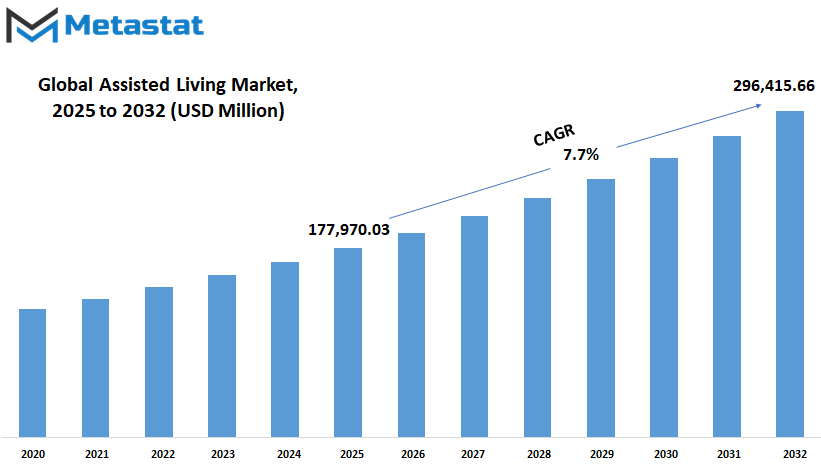
GROWTH FACTORS
The global assisted living market will see significant alterations in the next few years as a result of both technological and societal progress. An aging population is the most crucial reason for this change. As individuals live longer, increasingly more individuals require specialized attention. Seniors not only survive longer, but also present more complex health issues. The majority of them need a degree of day-to-day care that they are unable to find in their families. This greater need has filled a gap where assisted living facilities play a critical function in supporting aging individuals in a suitable setting.
Growing demand for customized care is also a powerful argument for this market expansion. More people these days prefer to be treated at home-like environments rather than in hospitals. They want to have their independence and dignity preserved, and facilities for assisted living allow them to achieve these in most instances. Such facilities are designed to provide care based on personal specifications, something hospital settings are usually unable to do. The transition to more individualized care is not a fleeting fad; it is a reflection of the manner in which older adults and their families are shifting the way they see aging and health.
Yet, even with this positive trend, there are barriers that could impede movement. Assisted living remains costly, and many low- and middle-income persons are unable to afford these services. This limits the market penetration, especially where public support is not wide. The second problem is the lack of skilled people. The work demands patience, understanding, and ability, and there are too few professionals seeking this type of work. With fewer caregivers, even the best facilities cannot meet quality levels.
There is a brighter future ahead. One of the most exciting innovations is the use of smart healthcare devices. Fall detection, remote monitoring, and health monitors are being incorporated into these homes. These devices increase security and make it easier to provide quality care by the staff. They also reassure families, understanding their loved ones are being given the care with compassion and precision. As they grow, they are bound to make assisted living attractive and affordable, driving growth in different areas.
MARKET SEGMENTATION
By Type
The global assisted living market is set to grow steadily in the coming years as more and more go for better living conditions for the elderly. This growth is not just about numbers but also about how societies all around the world are finally realizing the importance of care and comfort for the elderly. As lifestyles change and people live longer, there is clearly a shift in how elderly care is being practiced. Families nowadays are seeking areas where their loved ones get cared for and also enjoy independent lives with dignity. This is impacting how services are being delivered and designed in this marketplace.
In the coming days, this marketplace will not be limited to merely traditional models of care. It will expand further to more specialized types of living arrangements that cater to different needs. Assisted Living Facilities will still offer individual care and support with activities of daily life, allowing residents to live with a level of independence. Independent Senior Living communities will, however, focus on healthy and active seniors with minimal needs but who want to live among others of similar age. These communities will offer a peaceful atmosphere where homeowners will be able to live life without the hassle of household chores.
Memory Care centers will also be significant, as more people are being diagnosed with conditions like Alzheimer's or other memory loss diseases. These centers will offer safe and structured environments specifically tailored to serve individuals suffering from memory loss. Meanwhile, Continuing Care Retirement Communities will also become increasingly popular as they provide a full range of services under one roof. This allows elderly citizens to stay within the same community even if they undergo different needs over the years. This kind of arrangement gives families peace of mind that their aging family members won't have to keep on moving from place to place.
The global assisted living market will benefit from emerging technologies too. These living environments will support innovations which aid in monitoring health, improving interaction with caregivers, and even improving mental well-being. With changing expectations for quality of life, the providers of services will need to invest in physical care as well as emotional and social well-being. The future of this sector lies in being able to adapt to changing requirements while maintaining a personal touch. What individuals desire is a home-like environment where safety and support do not have to be sacrificed for freedom and happiness.
By Application
The global assisted living market will continue to grow steadily as more people are looking for help which allows them to live in dignity, comfort, and safety. This change is caused by the interplay of social, economic, as well as healthcare shifts that are occurring worldwide. With the aging population, especially in developed countries, physicians and families seek proper means of caring for those who need help with activities of daily living but do not require full-time medical care. People want to be as independent as possible and yet get the help that they need. It is here that assisted living care becomes important.
In the future, there will be a greater need for such services because of attitudes regarding aging and recovery. The majority no longer think that aging needs to be met with total dependency. They want options that will allow them to remain active and involved within their communities. Such facilities are now transitioning to not just provide physical care but emotional and psychological well-being too. These facilities are increasingly integrating technology in ways that help track health, remind individuals of their routine, and allow them to communicate with loved ones while still being secure and treated humanely.
With application, the global assisted living market is going to have its trends of change in some of its key areas. Geriatric care will remain the priority of these services, giving the elderly a facility in which they are able to receive help for mobility, cleaning, eating, and socialization. Rehabilitation after surgery is yet another growing area, where those who have had procedures need to be given a place in which to recover under a supporting atmosphere before being discharged home. Assisted living centers are turning out to be helpful in enabling such patients to recover easily, without complications of loneliness.
Disability support services are also being extended. Patients with physical or development disabilities can be helped by regulated and adaptable environments that allow them the autonomy to live more actively without captivity or helplessness. Lastly, long-term care will see increased demand as more families turn to such services when home care ceases to be safe or viable. With these trends shaping the future, the global assisted living market will keep evolving and growing in an effort to meet changing expectations and provide services that transform lives in the coming years.
By End Users
The global assisted living market will keep expanding steadily as the demand for customized care rises across different groups of the population. People are living longer than ever before, and with this shift, the call for cozy, supportive living environments is taking precedence. This change in the attitude towards long-term care within society is impacting families and healthcare professionals to seek better alternatives that can meet the demands of older individuals and those requiring daily care.
What makes this marketplace even more relevant is that it has the ability to serve a wide range of people. Elderly individuals who have difficulty with basic functions like walking, dressing, or cooking typically need more than occasional help. They look for places where assistance is always available but where they can remain independent as well. Facilities that offer such support are not only useful, they give peace of mind to the individuals and their families too.
Older persons with cognitive impairments like dementia also need constant care within an environment that is designed to meet their needs and safety. They are aided by schedules and environments that reduce confusion. More facilities in the future will be specially designed to deal with these needs, staffed by highly trained workers and programs designed to offer a peaceful and organized quality of life. Technology will likely be even more a part of such care, helping track the health of residents and keep them active in positive manners.
Another sector growing in this market is people with disabilities. They may not be seniors, but they still require care that cannot always be given within a typical home setting. Assisted living offers them a chance to live more independently while being able to have care when they need it. The future will definitely include more individualized rooms and services that are flexible enough to meet diverse capabilities and personal goals.
Post-hospitalization patients also access these facilities to recuperate. Such individuals may have a warm refuge as they transition from hospital to home. Assisted living facilities offer care throughout this period, taking charge of medications, daily routines, and follow-up activities. In the future, there can be more advanced services with greater coordinated efforts between hospitals and caregivers.
Together, the global assisted living market will be more person-focused in its solutions. While it will be about providing fundamental physical requirements, it will be focused on improving quality of life, too. With changes in the way care is delivered and individuals view long-term care, this market will be more and more crucial in the coming years.
|
Forecast Period |
2025-2032 |
|
Market Size in 2025 |
$177,970.03 million |
|
Market Size by 2032 |
$296,415.66 Million |
|
Growth Rate from 2025 to 2032 |
7.7% |
|
Base Year |
2024 |
|
Regions Covered |
North America, Europe, Asia-Pacific, South America, Middle East & Africa |
REGIONAL ANALYSIS
As the demand for care services among elderly persons grows, the global assisted living market continues to show long-term growth. As more people seek well-quality living accommodations that support aging with dignity and independence, different parts of the globe are responding in distinct ways. While examining how different regions are adding to this expansion, it is clear that the world Assisted Living market is driven by a combination of cultural norms, economic growth, and elderly care support through governments.
North America will remain at the lead position, particularly because of robust infrastructure and increasing concern for elderly health. In the United States and Canada, increasing health consciousness and interest in maintaining quality of life into old age have driven steady market growth. Mexico, while still emerging as a healthcare industry, is also showing promise, especially in urban areas where demand is more concentrated. It's the assets themselves, and the growing number of consumers who are actively choosing assisted living as a preferred option, rather than one of last resort. Europe is not exempt, with countries like the UK, Germany, France, and Italy all seeing steady demand.
Europe's elderly population is the largest in the world, and the governments there have been making efforts to develop organized support for assisted living homes. The integration of public healthcare and private investment is facilitating the development of facilities that offer medical care as well as comfort. For the rest of Europe, interest is growing in adopting newer models of care for elderly citizens that should sustain the market's positive direction. Asia-Pacific stands out as a region with enormous potential.
China, Japan, South Korea, and India are all beginning to address the issues of an aging population squarely. With changing social configurations and an increasing number of families being geared towards nuclear living habits, the need for assisted living facilities is being felt more and more. Although there are some countries in this part of the world that are yet to come to terms with the concept, the rapid pace of urbanization and increased focus on healthcare are likely to propel this market forward. In South America, the nations of Brazil and Argentina are developing the capacity to support senior living communities incrementally.
While the concept itself is still somewhat new, there is private investment capital attracted to the benefits of offering enhanced, well-planned care facilities. Lastly, in the Middle East and Africa, in countries such as the GCC nations, Egypt, and South Africa, investment in healthcare facilities is providing scope for the assisted living sector to make an increased presence. Although these areas may be in pre-maturity stages, they are gradually laying the foundation for future growth.
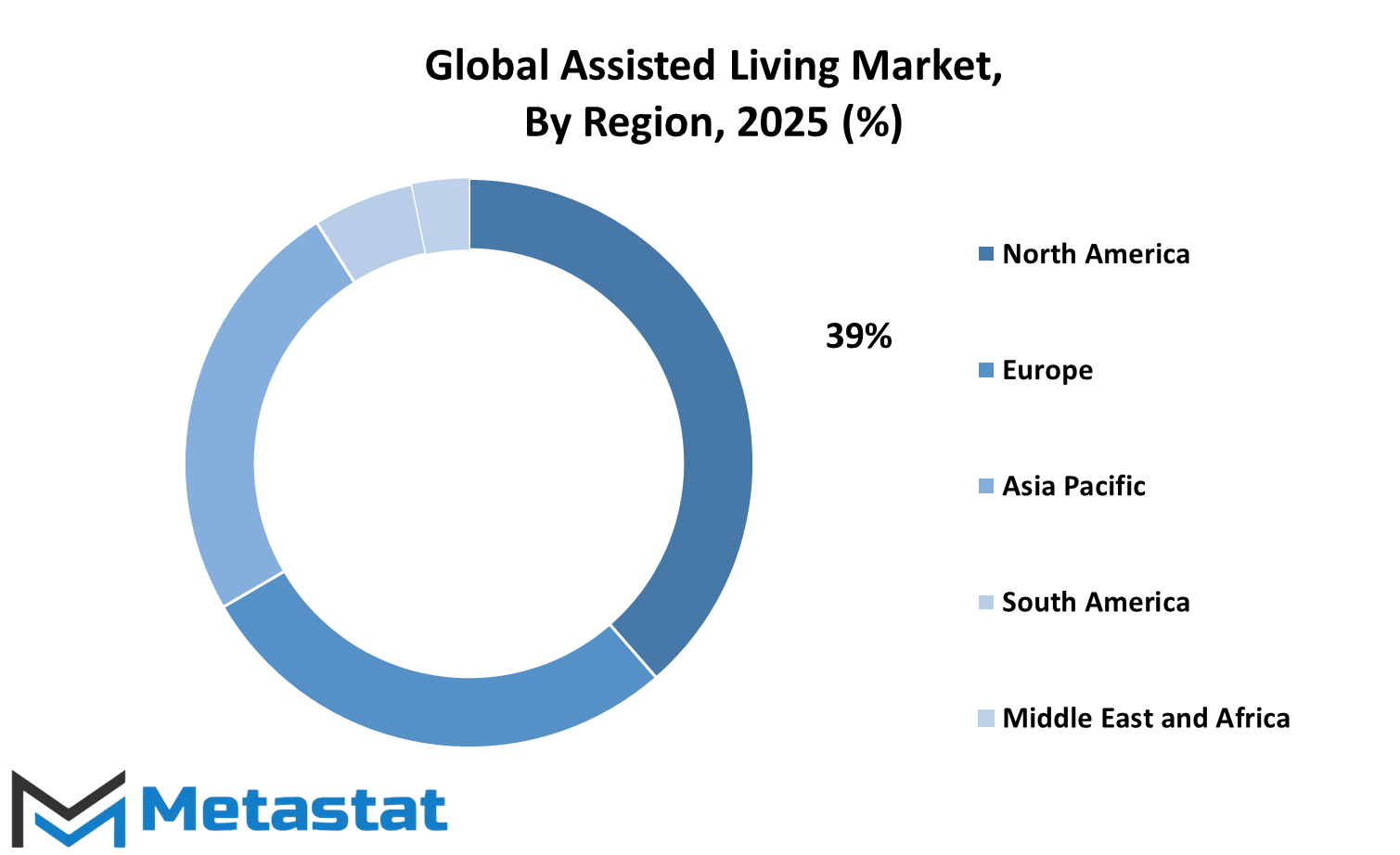
COMPETITIVE PLAYERS
As people live longer and family households move farther apart, there will be a growing need for care models offering support without taking away from an individual's autonomy. The global assisted living market will continue to address this trend by offering a mid-point between independent living and full-time medical care. Assisted living is all about having help with everyday needs, yet retaining the independence to pursue one's own space, routines, and sense of dignity. It's not just a residence—it's creating a warm life where older adults feel secure, assisted, and valued.
This market will continue to grow in importance in the years to come. Technological innovations, policy changes in healthcare, and growing awareness of older individuals' emotional and physical requirements will force care givers to reinvent the provision of services. Facilities for assisted living will increasingly focus on personalized care, utilization of smart equipment to monitor health, and developing strong networks of emotional support. All of this will make the residents healthier, happier, and better integrated into the society.
What is so fascinating about the global assisted living market is that it's becoming so competitive. Increasing numbers of firms are entering to offer services, and that is driving a rich level of innovation. For instance, leaders in the industry like Brookdale Senior Living Inc. and Atria Senior Living, Inc. will steer the way forward for the delivery of care, not just by expanding their footprint, but by improving the quality of care. These operators, along with companies like Partners Pharmacy and Place for Mom, Inc., are innovating new ideas for medication management, memory care support, and communication between families and staff.
Other organizations like Amana Healthcare and Vesta Care Home Health Care Center are also setting a high standard, especially in areas where demand is increasing significantly. In the Middle East, groups like Capital Home Care - KSA and Enfield Royal Saudia are helping to set confidence in assisted living solutions, especially in cultures where family-based care has been the traditional norm. Their achievement would have implications for the type of care models put in place elsewhere.
As society changes and people look for better living standards in their old age, the first global assisted living market will keep growing. Those organizations will need to be agile, thoughtful, and dedicated to doing more than is expected. They will be setting the standard for what it truly means to live well in old age.
Assisted Living Market Key Segments:
By Type
- Assisted Living Facilities
- Independent Senior Living
- Memory Care
- Continuing Care Retirement Communities
By Application
- Elderly Care
- Post-Surgery Rehabilitation
- Disability Support Services
- Long-Term Care
By End Users
- Seniors with Functional Impairments
- Elderly with Dementia or Cognitive Impairments
- Individuals with Disabilities
- Post-Hospitalization Patients
Key Global Assisted Living Industry Players
- Vesta Care Home Health Care Center
- Amana Healthcare
- Pyramids Health Services
- Nightingale Health Services LLC
- Lana Life Care
- Capital Home Care - KSA.
- Enfield Royal Saudia
- Oasis De Vie
- Home Care Lebanon
- Atria Senior Living, Inc.
- Brookdale Senior Living Inc.
- Partners Pharmacy
- Place for Mom, Inc
- Crossroads Hospice
- The Courtyards at Mountain View
WHAT REPORT PROVIDES
- Full in-depth analysis of the parent Industry
- Important changes in market and its dynamics
- Segmentation details of the market
- Former, on-going, and projected market analysis in terms of volume and value
- Assessment of niche industry developments
- Market share analysis
- Key strategies of major players
- Emerging segments and regional growth potential



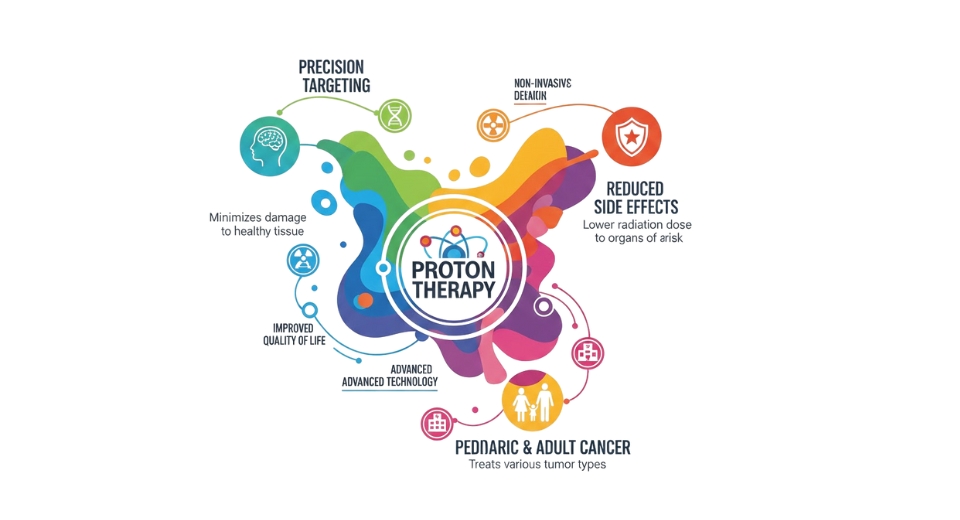
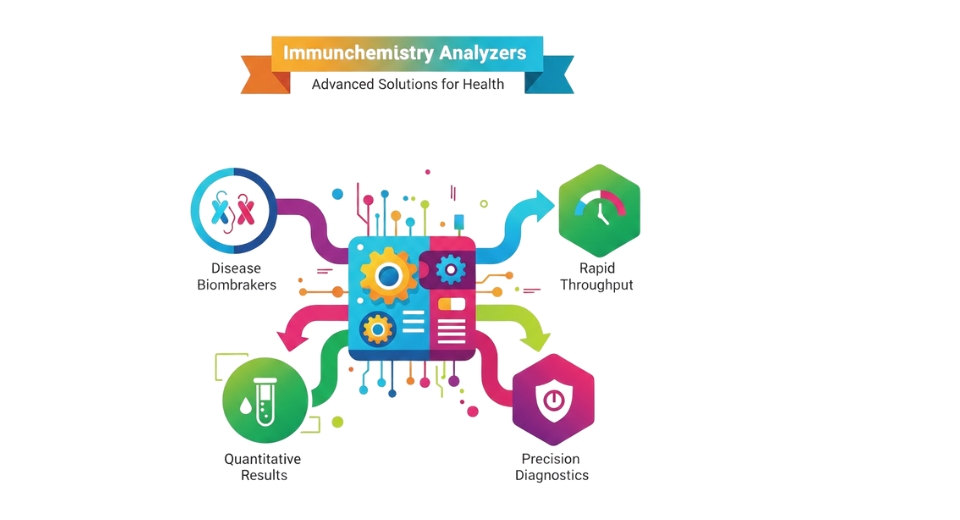
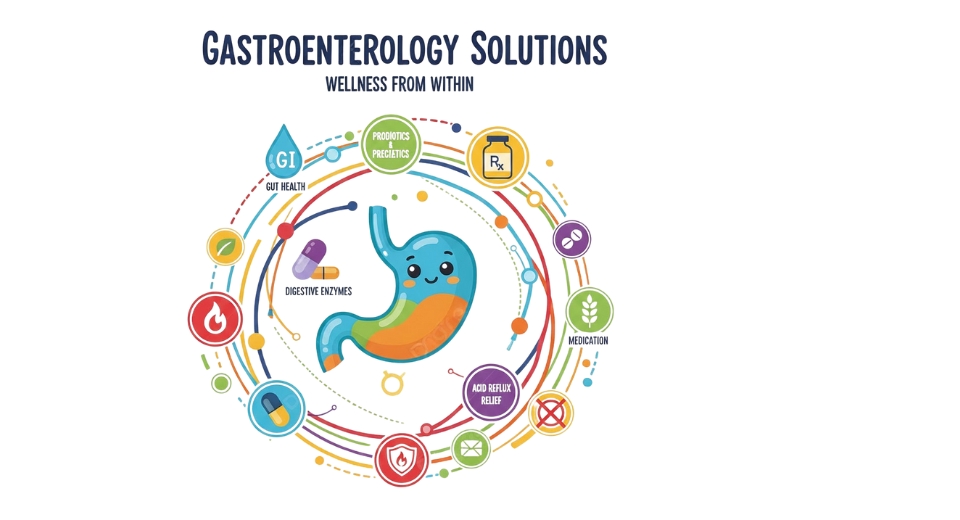
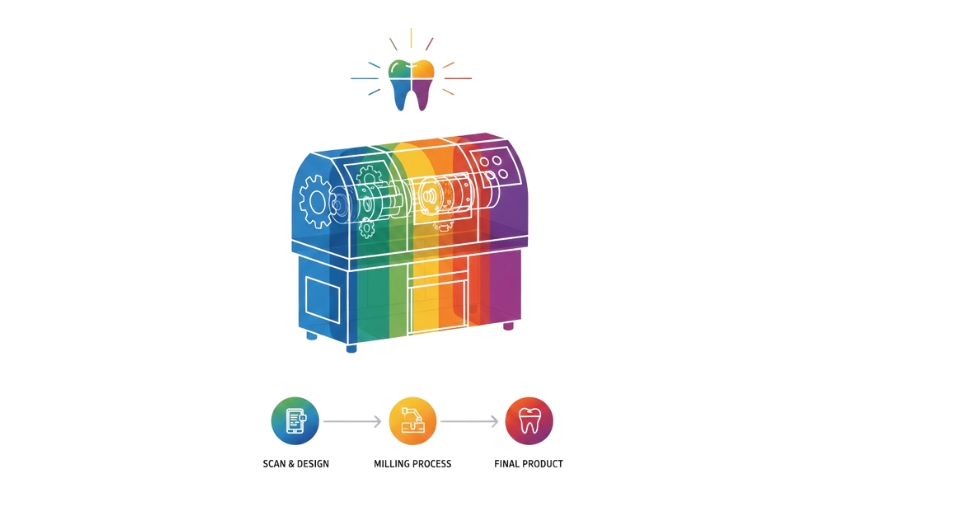

 US: +1 3023308252
US: +1 3023308252






